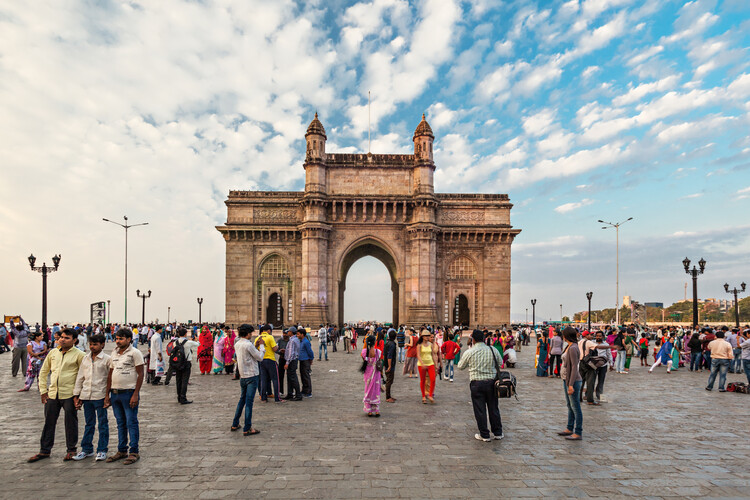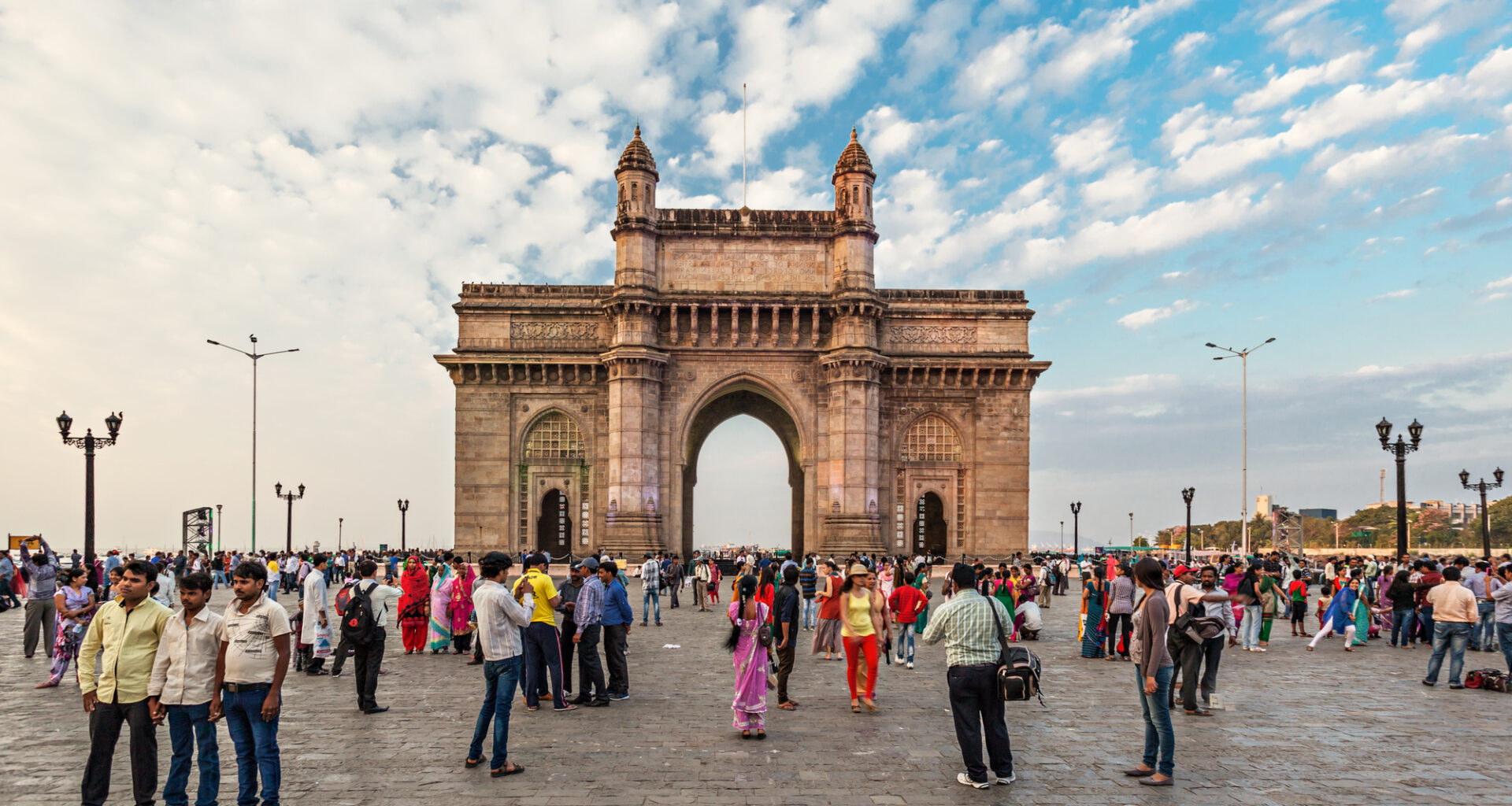 Gateway of India, in Mumbai, India. Image © saiko3p via Shutterstock
Gateway of India, in Mumbai, India. Image © saiko3p via Shutterstock
Share
Or
https://www.archdaily.com/1032520/the-economics-of-authenticity-heritage-preservation-in-mumbai-as-a-business-model
Heritage preservation and economic viability have long been treated as competing priorities in urban development. Architects typically face a stark choice – to design for community continuity or design for financial returns. Contemporary projects in Mumbai render this binary false. Through strategic programming, material choices, and spatial organization, architects enable buildings to generate sustainable revenue while strengthening, rather than displacing, existing communities.
47-A Gallery occupies a mid-19th-century Indo-Portuguese bungalow in Mumbai’s Khotachiwadi village, and illustrates how vertical programming can balance preservation with profitability. The building’s original two-story configuration remains intact, with the founding family living upstairs. The ground floor operates as a contemporary art gallery.






